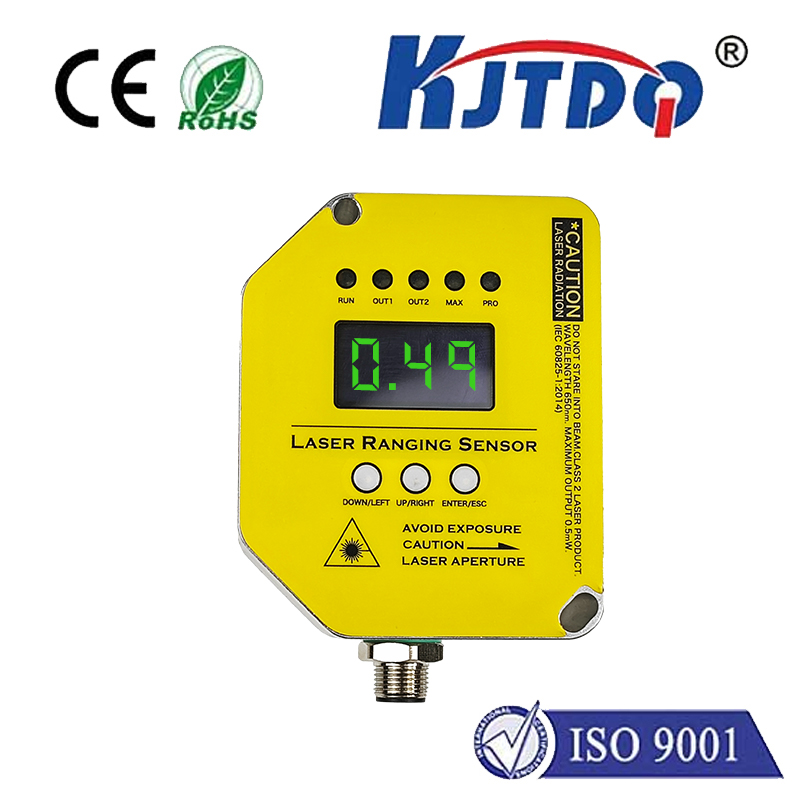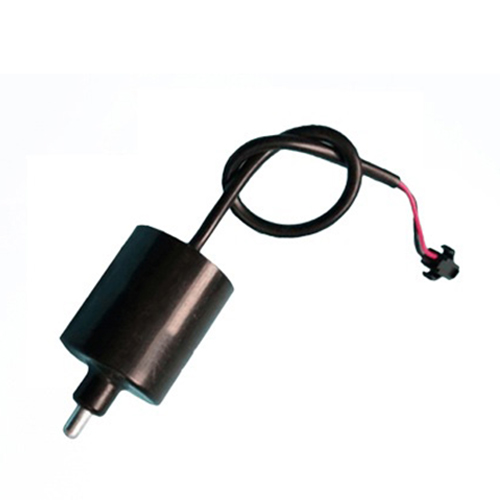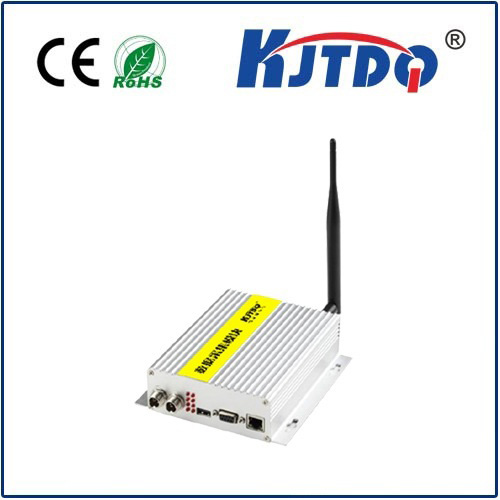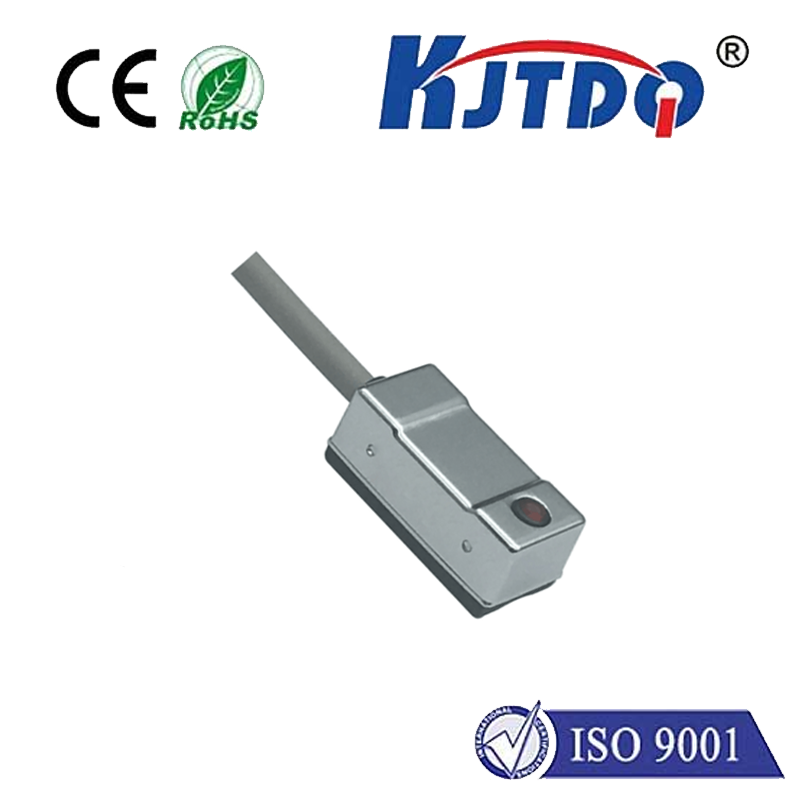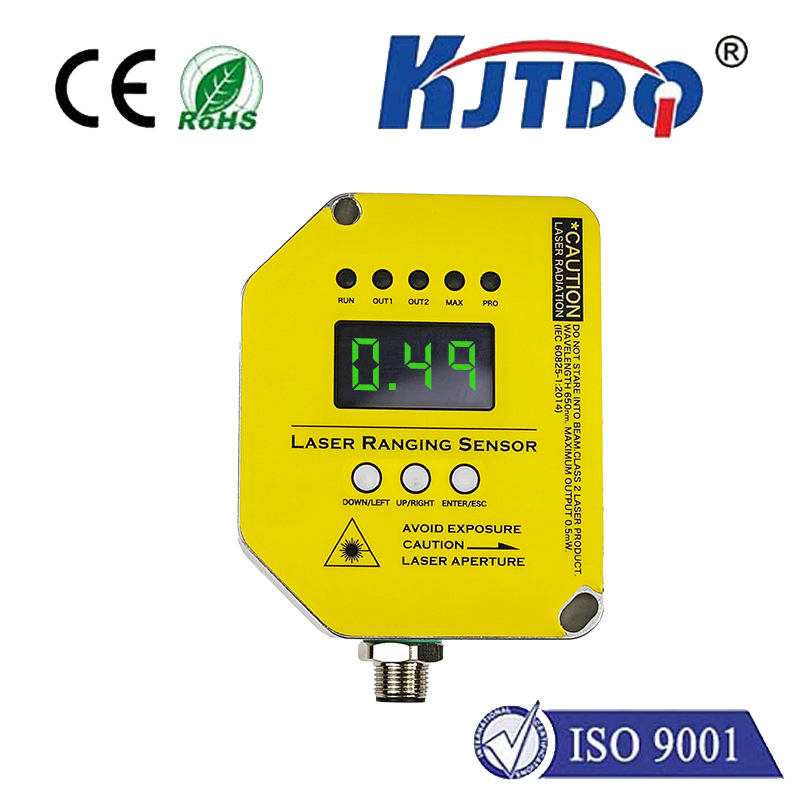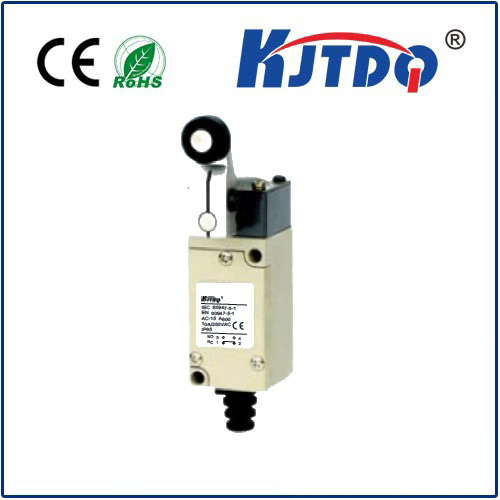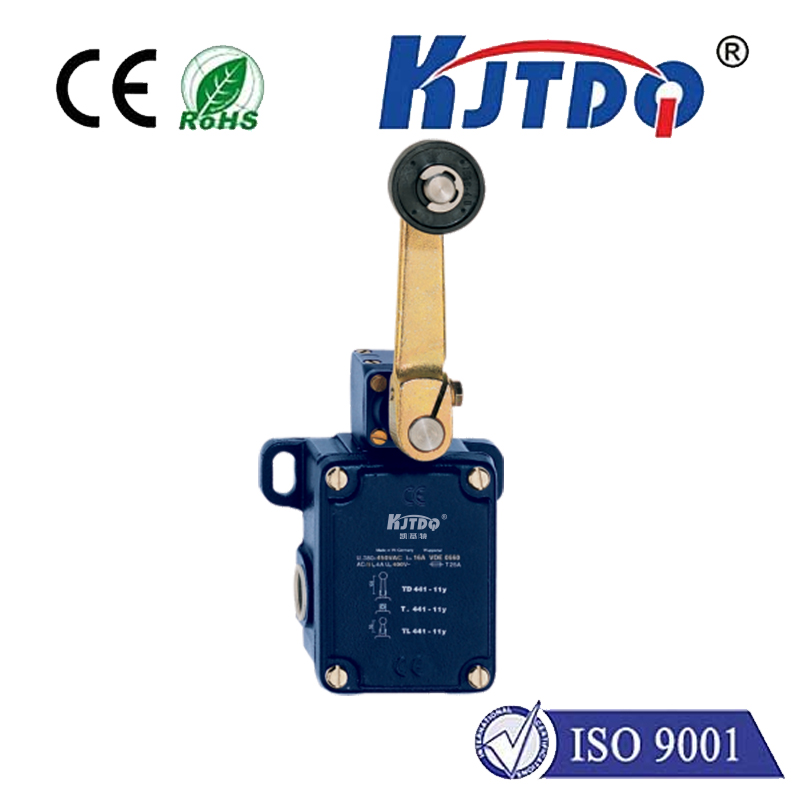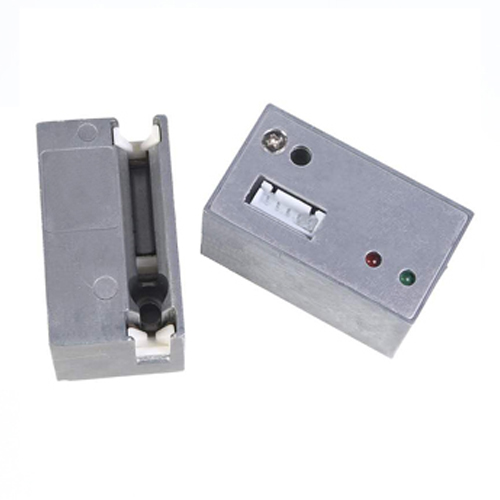laser through-beam sensor photoelectric sensor
- time:2025-09-13 04:56:09
- Click:0
Laser Through-Beam Sensors: The Unmatched Precision for Demanding Object Detection
In the intricate dance of modern automation, reliably sensing the presence or absence of objects is fundamental. While numerous technologies exist, few match the consistent accuracy and resilience of the laser through-beam photoelectric sensor. This powerful duo – combining the intense focus of laser light with the robust through-beam principle – delivers unparalleled performance where other methods falter. Forget unreliable triggers and inconsistent readings; laser through-beam sensors offer a definitive answer, making them the gold standard for precision detection across a vast spectrum of industrial and commercial applications.
Understanding the Core Principle: A Beam Interrupted
At its heart, a through-beam photoelectric sensor consists of two separate components:
- The Emitter: This unit houses a focused light source – in this case, a laser diode – generating a highly concentrated, coherent beam of light. The use of laser light is crucial, offering significant advantages over standard LEDs.
- The Receiver: Positioned directly opposite the emitter, this unit is designed to detect the specific laser light wavelength emitted by its partner.
The fundamental operating principle is beautifully simple yet incredibly effective. The emitter projects its laser beam across the detection path towards the receiver. When this beam arrives uninterrupted at the receiver, the sensor’s output is in one state (e.g., “ON” or “OFF”). When an object passes between the emitter and receiver, it interrupts the beam. This interruption prevents the light from reaching the receiver, causing the sensor’s output to switch states, signaling the object’s presence.
Why Laser? The Compelling Advantages Over Standard Light

While standard diffuse or retro-reflective photoelectric sensors use LEDs (often infrared or visible red), laser through-beam sensors offer distinct benefits critical for demanding environments:
- Exceptional Range and Precision: The highly collimated nature of a laser beam diverges very little over distance. This allows for detection ranges far exceeding those possible with standard LEDs – often tens of meters – while maintaining a precise, pinpoint detection spot. This pinpoint accuracy is vital for detecting small objects or triggering actions at exact positions.
- Superior Resistance to Ambient Light: The coherent, narrow-bandwidth light produced by a laser diode is far more easily distinguished by the receiver from ambient factory lighting or sunlight. This translates to significantly improved reliability in brightly lit conditions where standard sensors might false-trigger.
- Minimized Sensitivity to Object Characteristics: Because the receiver is simply detecting the presence or absence of the beam, factors like the object’s color, surface finish (glossy, matte, transparent), or material composition have minimal impact on the sensor’s ability to detect it. This object characteristic immunity is a hallmark advantage, especially for challenging materials like clear glass or bottles, shiny metals, or variably colored objects. The laser light cuts through these variables.
- Enhanced Stability and Reliability: The focused beam reduces susceptibility to false triggers caused by dust, steam, or minor misalignments that might partially obscure a broader LED beam. This provides robust performance in harsh industrial settings. The inherent stability of modern laser diodes contributes to long operational life.
Where Laser Through-Beam Sensors Shine: Key Applications
The unique combination of long range, pinpoint precision, and immunity to challenging object surfaces makes laser through-beam photoelectric sensors indispensable in numerous sectors:
- Material Handling & Logistics: Precise detection of packages, totes, pallets, and products on high-speed conveyors, ensuring accurate sorting, counting, and positioning. Detecting small or transparent items reliably.
- Packaging Machinery: Monitoring the presence of containers (glass, plastic, cartons – regardless of color or transparency), verifying cap placement, detecting missing labels, or controlling filling levels.
- Automotive Manufacturing: Ensuring component presence on assembly lines (even small brackets or fasteners), verifying robot tooling positions, part-in-place verification prior to welding or assembly.
- Electronics Production: Detecting tiny components on PCBs, verifying the placement of semiconductors, or monitoring wafer handling with extreme precision.
- Food & Beverage: Reliable detection of bottles, cans, jars (including clear glass), monitoring fill levels through transparent containers, verifying cap or lid presence.
- Printing & Paper Converting: Precise edge detection for registration control, detecting paper breaks, verifying sheet count, monitoring roll diameters accurately over long distances.
- Access Control & Security: People counting, door safety detection (preventing closure when beam is broken), perimeter security beams.
Key Considerations for Implementation
While powerful, successful deployment requires attention to detail:
- Alignment: Precise alignment of the emitter and receiver is critical due to the narrow beam. Many sensors feature visual alignment aids (visible red laser spot) or audible signals to simplify this process. Robust mounting hardware is essential to maintain alignment.
- Mounting: Both units must be securely mounted to prevent vibration or shock from causing misalignment. Brackets designed for through-beam sensors are highly recommended.
- Environmental Factors: While resistant to ambient light, physical obstructions in the beam path (persistent dust buildup, heavy mist) will cause issues. Consider environmental protection ratings (IP67, IP69K) for harsh conditions. Some models feature contamination indicators to warn of lens obstruction.
- Cabling: Plan the routing of cables for both the emitter and receiver. Using connectors or junction boxes can simplify installation and maintenance.
Choosing the Right Laser Through-Beam Sensor
When selecting a sensor, evaluate:
- Required Sensing Distance: Match the sensor’s rated range to your application, including a safety margin.
- Beam Spot Size: Choose a spot size appropriate for the smallest object you need to detect.
- Environmental Protection: Select an appropriate Ingress Protection (IP) rating for dust and moisture exposure.
- Output Type: Decide between NPN/PNP transistor outputs or relay outputs based on your control system.
- Special Features: Consider options like synchronization (preventing crosstalk in multi-sensor setups), contamination indicators, or specialized housings.
Conclusion: The Definitive Solution for Uncompromising Detection Needs
When reliability, long range, pinpoint accuracy, and the ability to detect challenging objects regardless of surface are paramount, the laser through-beam photoelectric sensor stands out. Its fundamental principle of beam interruption, amplified by the intense, focused power of laser light, delivers a level of performance that diffuse and even standard through-beam sensors struggle to match. From high-speed packaging lines to precision electronics assembly and demanding logistics applications, implementing a laser through-beam system provides the confidence of definitive object detection, enhancing efficiency, safety, and product quality across countless industries. It’s not just sensing; it’s sensing with certainty.






